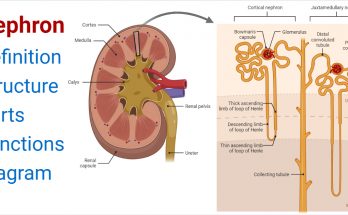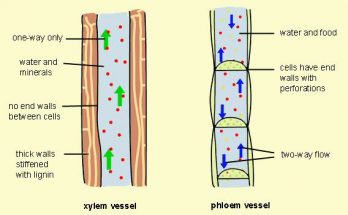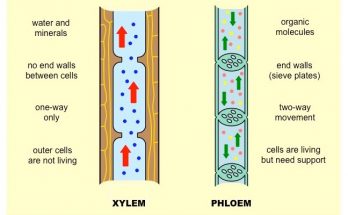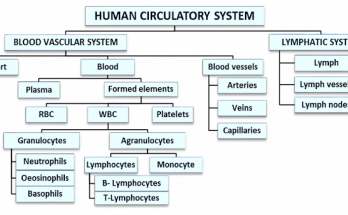
Structure of Nephron Class 10
Nephrons are the structural and functional units of the kidney.
Each kidney contains a large number of tiny filtration units called nephrons(uriniferous tubules).
Detailed Structure of Nephron Explained with Diagram
CBSE Class Notes Online – Classnotes123
CBSE Class Notes, Worksheets, Question Answers, Diagrams , Definitions , Diffrence between , Maths Concepts, Science Facts Online – Classnotes123
class 10 life processes- complete notes, long short intext question answers, Ncert Exemplar , mcqs

Nephrons are the structural and functional units of the kidney.
Each kidney contains a large number of tiny filtration units called nephrons(uriniferous tubules).
Detailed Structure of Nephron Explained with Diagram

Functions of Salivary Glands -The essential functions of the salivary glands are digestion, moistening, protection against infection, taste perception and facilitation of speech. These glands produce saliva, a fluid that breaks down starch, moistens the mouth, fights germs and helps with swallowing.
9 Important Functions of Salivary Glands Read More
Functioning of nephrons Described in points.The functioning of nephron has 3 mechanism to convert blood into urine which are
Filtration
Reabsorption
Secretion
Step By Step process of Functioning of Nephrons is explained with diagram

Nephron is a long coiled tubule whose one end is connected to the double walled cup-shaped structure called Bowman’s capsule and the other end to a urine collecting duct.
Structure and Functioning of Nephron Described with diagram

Explore the pivotal differences between respiration and combustion, two fundamental processes generating energy in biological and physical realms, respectively. Our guide demystifies the biochemical pathways of respiration within living cells and contrasts them with the rapid, heat-producing reactions of combustion. Unveil the intricacies of these energy-releasing phenomena to comprehend their unique mechanisms, applications, and impacts on our world.
11 Differences between Respiration and Combustion (Burning) Read More
The Difference between Transpiration and Guttation is significant in understanding the water loss mechanism in plants. While transpiration is the loss of water in the form of vapour from the plant’s surface, guttation is the exudation of water in the form of droplets from the hydathodes. The processes differ in their occurrence, diffusion and regulation by root pressure. The impacts of transpiration and guttation on plants vary and are influenced by factors such as plant type and environmental conditions.
15 Important Difference between Transpiration and Guttation Read More
The transport of materials in xylem and phloem is essential for the growth and survival of plants. While both systems move substances throughout the plant, they operate differently. Xylem primarily transports water and minerals through a passive process driven by transpiration while phloem transports sugars and other organic compounds through an active process called translocation.Understanding the differences between the two is crucial for plant growth and development.
What are the Differences between the Transport of Materials in Xylem and Phloem? Read More
Transportation in plants is the process in which substances absorbed or synthesised in one part of the plant are moved to other parts of the plant. The transport system in highly organised plants consists of four major components – Xylem, Phloem, Root System and Stomata.
What are the Components of Transport System in Highly Organised Plants Read More
Transportation is the life process in which a substance (Made or absorbed) in one part of the body of an organism is carried to other parts of its body.
Transportation in Amphibians and Reptiles
Transportation in Bird And Mammals
Transportation in Fishes

Components of Transport System in Human Beings- Transport System of Human Being divided into 2 parts- Blood vascular system
A lymphatic system.
Functions of Components of Transport System in Human Beings